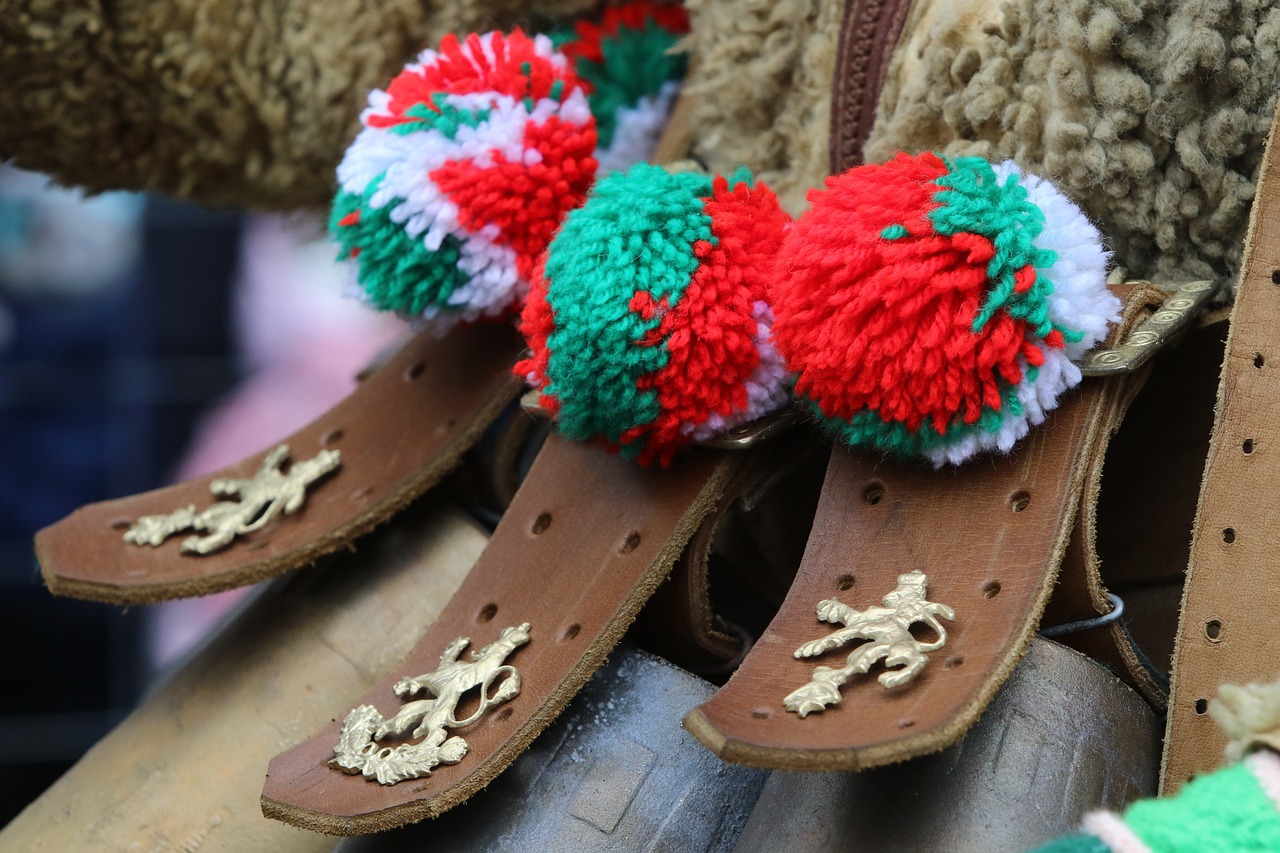Dionysus: The God of Wine and Ecstasy
Dionysus, also known as Bacchus or Liber, stands as the Olympian deity embodying wine, vegetation, joy, revelry, madness, and unrestrained ecstasy. In classical arts, he is typically illustrated either as an older bearded figure or as a youthful, almost androgynous young man. His defining symbols encompass the thyrsos— a staff crowned with a pine cone— a drinking vessel, and a wreath of ivy, often flanked by a retinue of Satyrs and Maenads, his devoted and spirited followers.
MYTHICAL ORIGINS
Dionysus is the offspring of Zeus and Semele, a princess from Thebes. During Semele’s pregnancy, Zeus’s jealous spouse, Hera, manipulated her into demanding that Zeus reveal himself in his divine form. In fulfilling this oath, Semele was incinerated by Zeus’s brilliance. To preserve their unborn child, Zeus collected Dionysus from Semele’s charred remains and implanted him within his own thigh until it was time for him to be born.
Following his miraculous delivery, Dionysus initially found refuge under the care of Seilenos and the nymphs of Mount Nysa. His life, however, was marked by turmoil: Hera’s wrath led to madness afflicting the couple entrusted with his upbringing, Ino and Athamas, resulting in tragic consequences.
Various myths narrate Dionysus’s confrontations with mortals who rejected his divinity. Under King Lycurgos, Dionysian followers were driven into the sea, leading to Lycurgos’ self-mutilation and eventual demise. When King Pentheus dismissed Dionysus’s sanctity, his daughters fell into a frenzied state, leading them to tragically kill their father, thinking him a wild creature.
Dionysus’s influence extended to other characters as well, including his mentorship of the hero Ikarios in the practice of winemaking. The sacrifice of Ikarios by frightened shepherds, believing wine to be poison, led to the deity’s sorrow, culminating in having Ikarios immortalized in the constellation Bootes. Additionally, Dionysus experienced capture by pirates who sought to enslave him, only to be transformed into dolphins as punishment by the enraged god.
SYMBOLS AND SACRED CREATURES
The thyrsos is perhaps the most recognizable emblem of Dionysus, symbolizing both vitality and joy. He is also depicted with a kantharos (a type of drinking cup), adorned with grapevines and textures of panthers, reinforcing his connection to both festivity and the primal aspects of nature.
His sacred creatures include panthers, tigers, bulls, and serpents, often depicted in connection with his chariot. The sacred flora linked to him includes grapevines, ivy, bindweed, and pine trees, while devotees commonly adorned themselves with ivy wreaths.
DIONYSUS’S PARENTAGE
As the divine child of Zeus and Semele, Dionysus bears the title of the “twice-born.” His grandparents can be traced back to the Titans Cronus and Rhea, with additional lineage including kings such as Kadmos and gods like Poseidon. His family also includes famous siblings such as Hermes, Ares, and Aphrodite. His union with Ariadne produced offspring that would become rulers of the fertile wine-producing regions.
CULTURAL IMPACT AND CHARACTER
Dionysus is characterized as both youthful and beautiful, often noted for his effeminacy. In contrast to Apollo’s ethical nature, Dionysus represents nature’s chaotic, energetic power, embodying joy, festivity, and also harrowing madness. Wine serves as a fitting symbol of his influence over humans, conveying both pleasure and liberation.
Dionysus’ wanderings across various lands yielded not just cultivations of grapevines but also the establishment of festivals celebrating the harvest and the ecstatic rituals linked to his name. His transformative qualities included the ability to grant oracular insights akin to Apollo, suggesting a duality in his divine function.
CONCLUSION
The mythology surrounding Dionysus is complex, marked by themes of rebirth, duality, and the stark contrast between ecstasy and madness. His narratives frequently reflect cultural attitudes towards the ambivalence of pleasure, the relationship between civilization and nature, and the dangers surrounding the abandonment of restraint. As a central figure in Greek mythology, Dionysus continues to intrigue and inspire contemporary interpretations of celebration, madness, and the essence of human experience.



